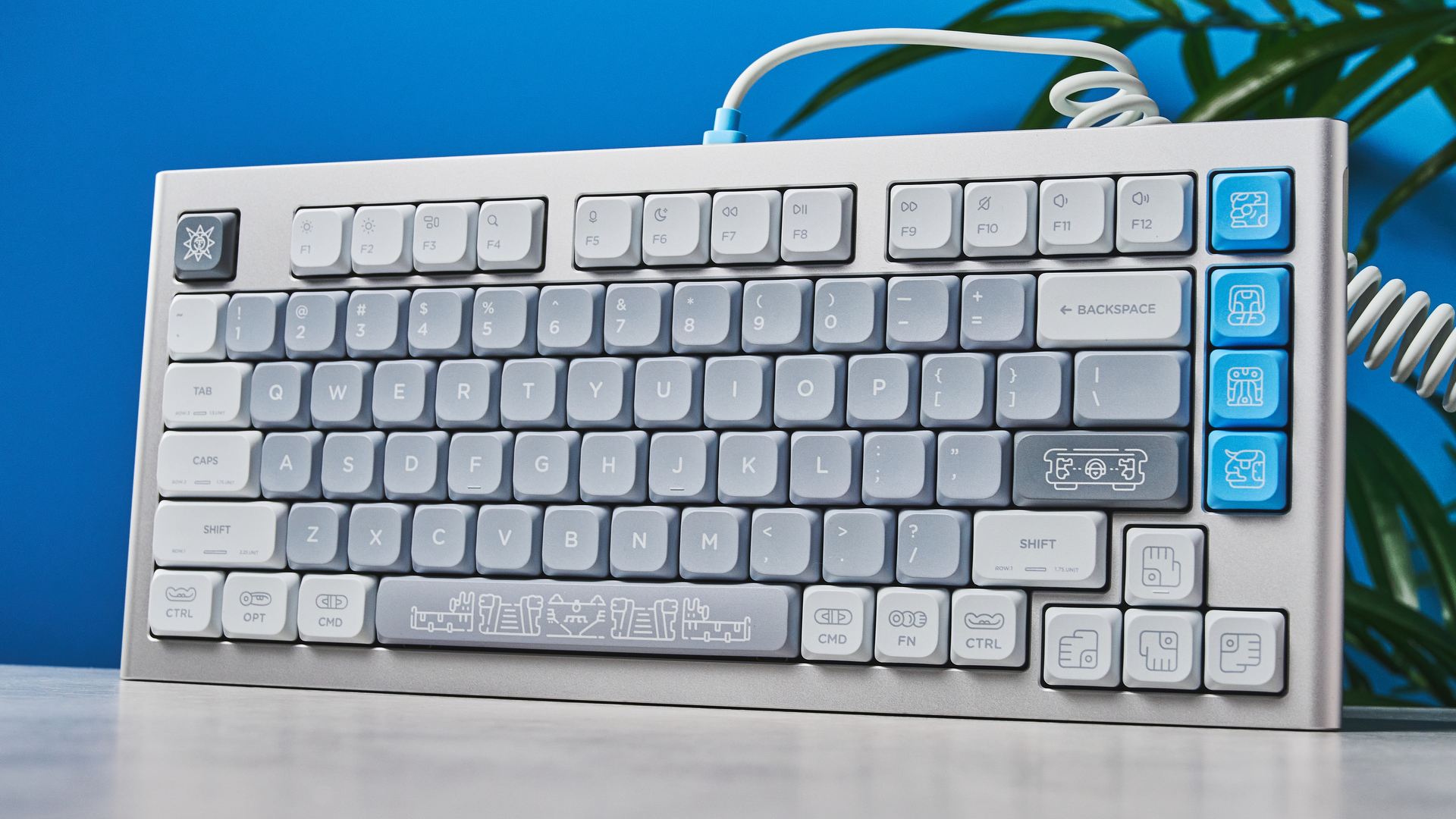
Do low profile keyboards have to be lightweight? Based on most other low profile (LP) boards out there, the answer would be yes. And for understandable reasons. Most people want an LP board for portability, where small size and low weight bring obvious advantages.
If you were to ask NuPhy, however, the answer would be no. Its latest low profile keyboard, the Nos75, is heavy by design. In fact, NuPhy originally named it the Krypton75 on account of the element Krypton being heavier than air — for context, the brand’s other LP keyboard is called the NuPhy Air75 V2 ($119).
But why? Well, low profile keycaps and switches boast certain virtues: quicker typing speeds and higher accuracy for many; cleaner styling; and preferable ergonomics for some. But by tethering these advantages to the notion of low weight, manufacturers sacrifice heavier case materials and internal dampening, negatively affecting sound, impact absorption and type feel. NuPhy’s aim with the Nos75 is to untie the notions and create an ostensible oxymoron: a heavyweight, low-profile board, with all the advantages of both.
Several years in the making, the Nos75 has been beset by production issues, but now that it’s here, could this hybrid be one of the best mechanical keyboards around Find out in my full NuPhy Nos75 review.
NuPhy Nos75 review: Cheat sheet
- What is it? A low profile, heavyweight custom mechanical keyboard
- Who is it for? Deep-pocketed folk wanting low-profile typing but standard-profile sound and feel
- ‘Deep pocketed’? Yup — $223 with keycaps and switches, ‘nuff said
- Is it any good? Yeah: it looks, sounds and types great, plus it runs on open source QMK firmware...
- … But? But switch choices are currently limited (there’s literally one switch in existence that fits the board), it’s pricey, and the RGB is a little disappointing
NuPhy Nos75 review: Specs
NuPhy Nos75 review: The ups
Lighter isn’t necessarily better. The NuPhy Nos75 combines the benefits of low profile switches and keycaps with the refined acoustics and feel of heavier boards. It looks, sounds and types great, and runs on open source QMK firmware. In short, there’s a lot to like.
Cruiserweight
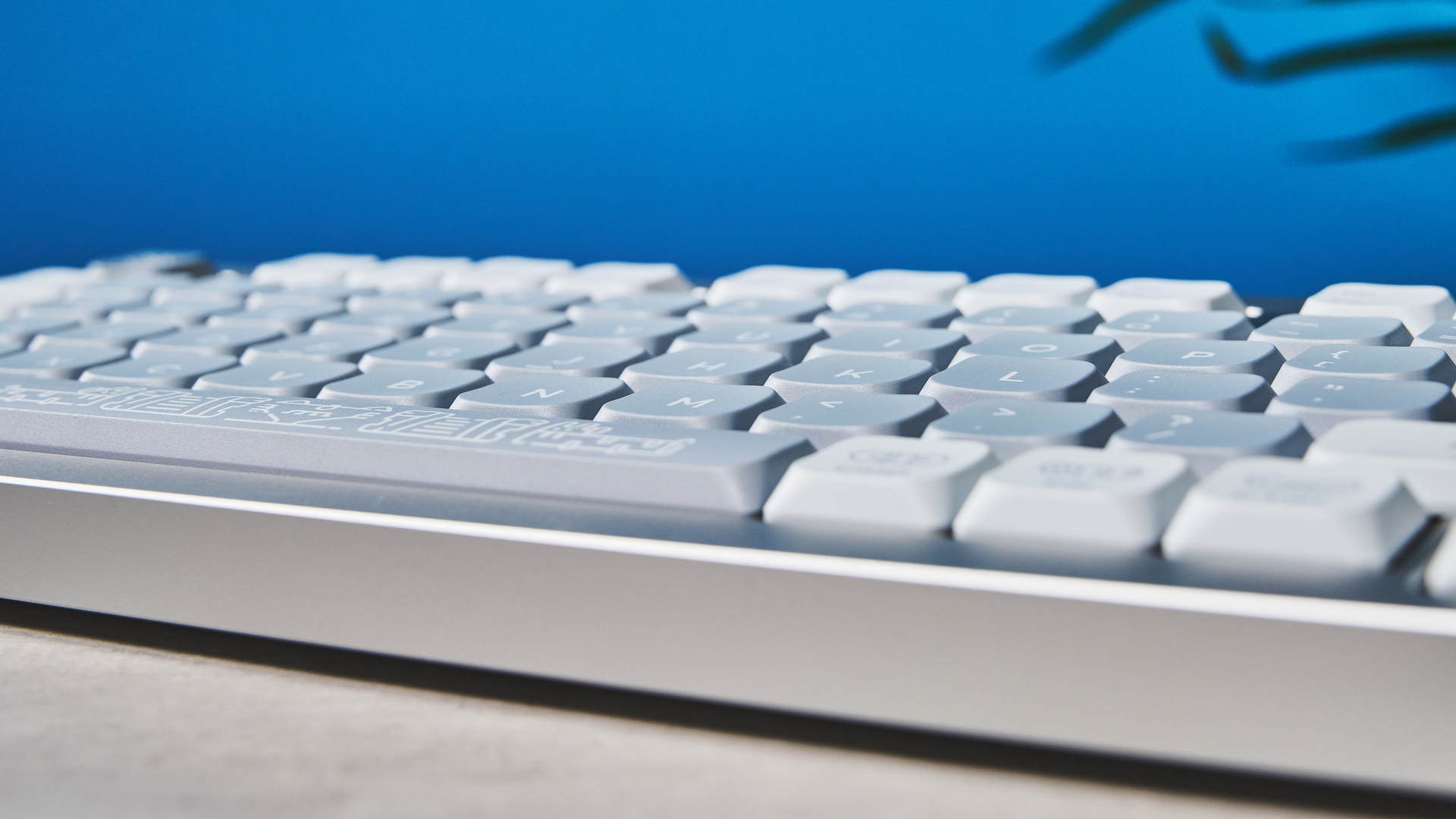
Labeling the Nos75 a heavyweight in my introduction was a tad unfair. At 2.7lbs, it’s around two-thirds the weight of other metal-clad custom boards like the TKL Keychron Q3 Max (4.4lbs). Cruiserweight would be more appropriate.
Don’t get me wrong, the Nos75 is still heavy for a low-profile: the NuPhy Air75 V2 and Lofree Flow84 ($159) weigh a paltry 1.3lbs and 1.25lbs respectively. But is that a bad thing? I don’t think so: the Nos75 is intended to lie in state upon your desk, and that reaps certain rewards.
Clackety clack
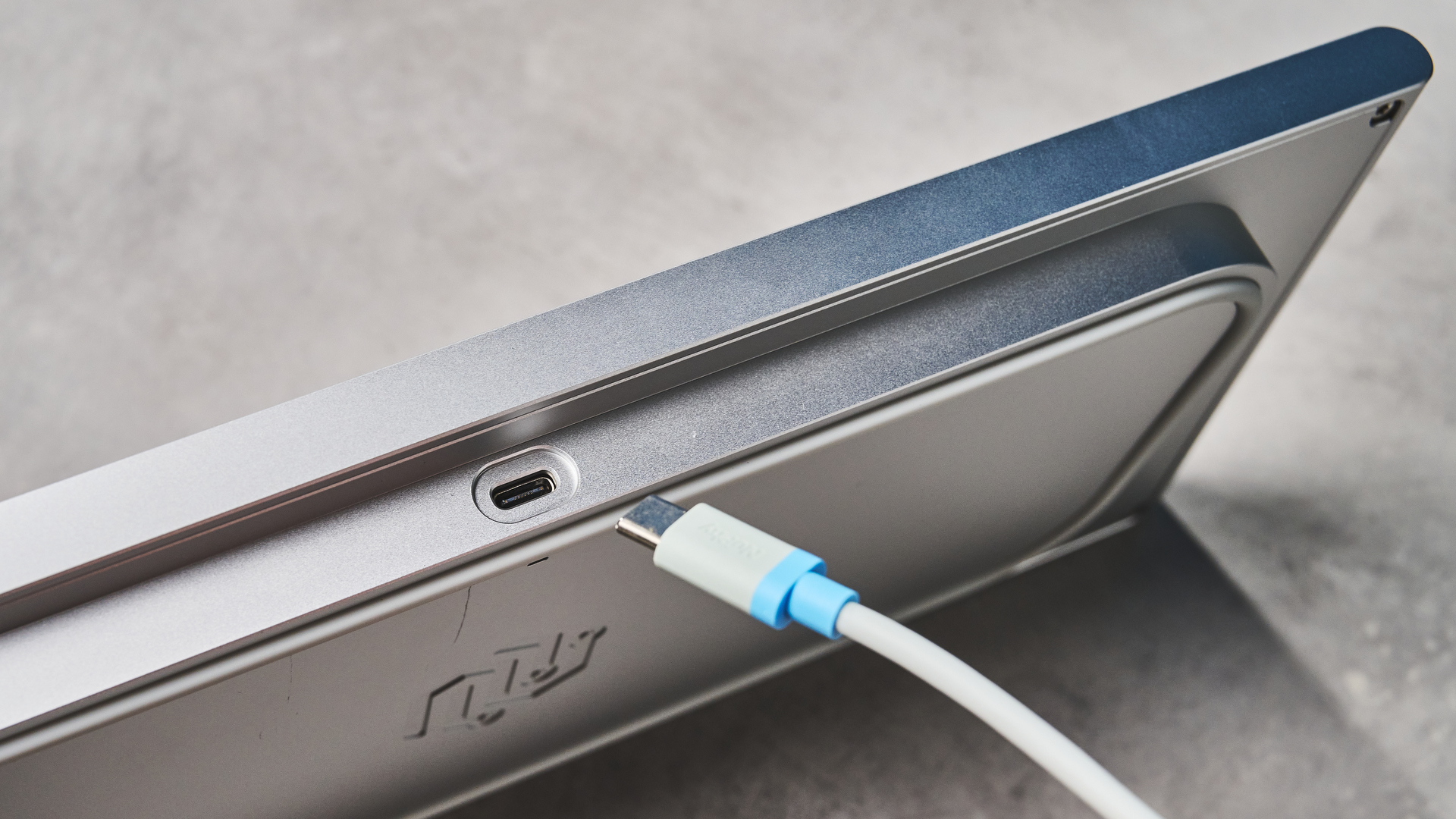
While the extra weight brings obvious downsides for portability, it also comes with some serious benefits. As I mentioned earlier, to make a board lighter, ounces are usually stripped by utilizing thinner or lighter case materials, and by reducing the amount of internal damping. This naturally affects acoustics, impact absorption and type feel.
The Nos75, on the other hand, suffers not the slings and arrows of outrageous weight loss, because it hasn’t lost any. Its case is solid aluminum, enclosing five layers of acoustic insulation. At the base, its feet are not feet — instead, board meets desk via yet another honking great slab of aluminum, with a silicone gasket for grip. Each element helps channel, absorb and dampen vibrations to create a resonant sound and cushioned type feel.
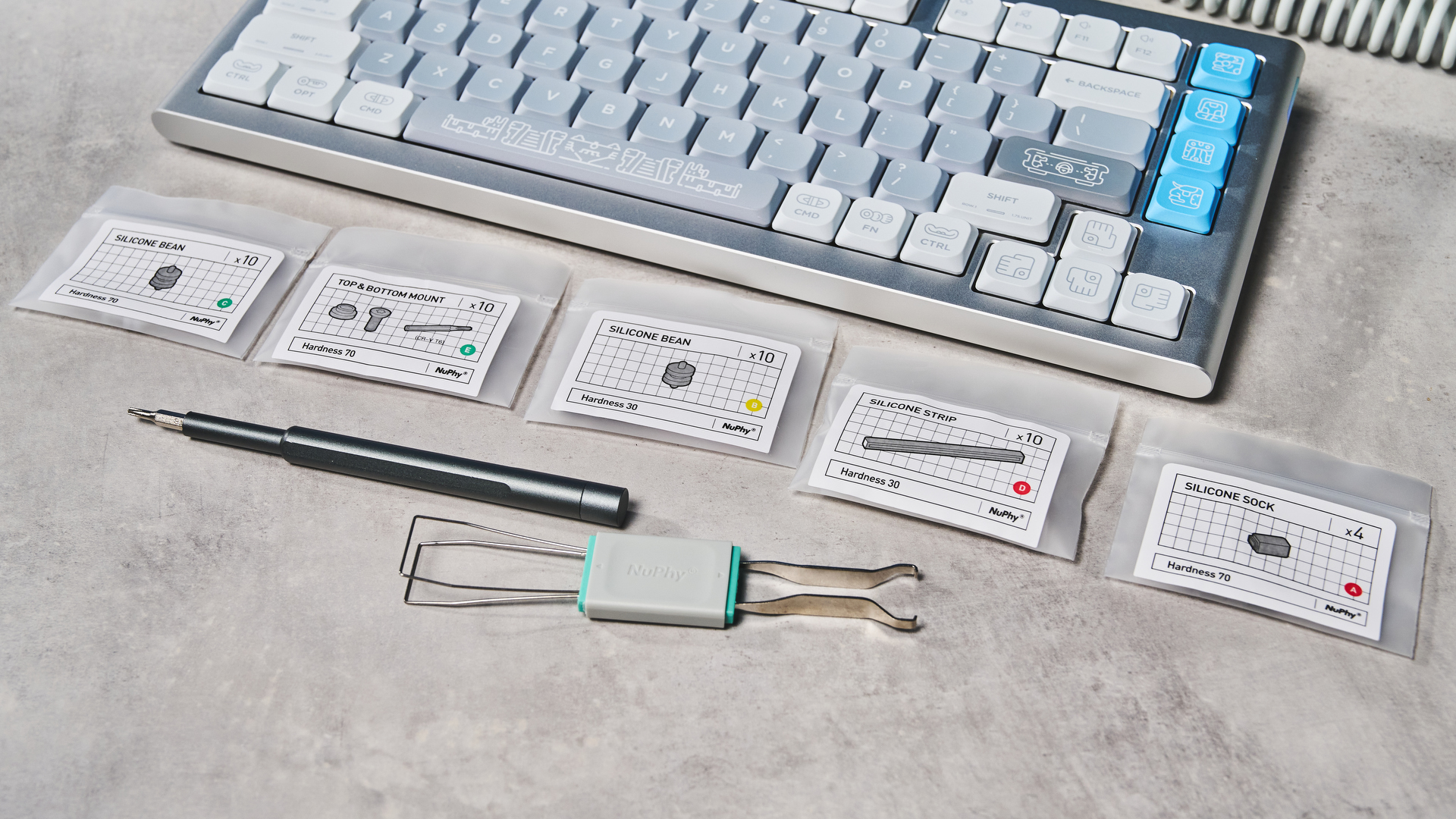
The tone is deep and rich, and much nicer than the Air75 V2, which sounds hollow and plasticky by comparison. Of note, NuPhy’s low profile nSA keycaps used here (and on the Air75 V2) lend the board a slightly empty top note, resulting in a light clack — this is not my preference, and I prefer the tone of the NuPhy’s heavier mSA standard profile keycaps (used on the Gem80 and Halo75 V2), or the low profile Lofree Flow84, which sounds deeper and creamier despite being half the weight. ‘Horses for courses’, as we’d say here in the U.K., meaning each to their own.
The sound is not fixed, mind. Keycaps can be swapped, and underneath them sits an FR-4 fiberglass-epoxy plate — interchangeable with different materials should you want different acoustics. Included in the box are extra sets of gaskets for fine tuning the feel and noise, too.
Type and play away
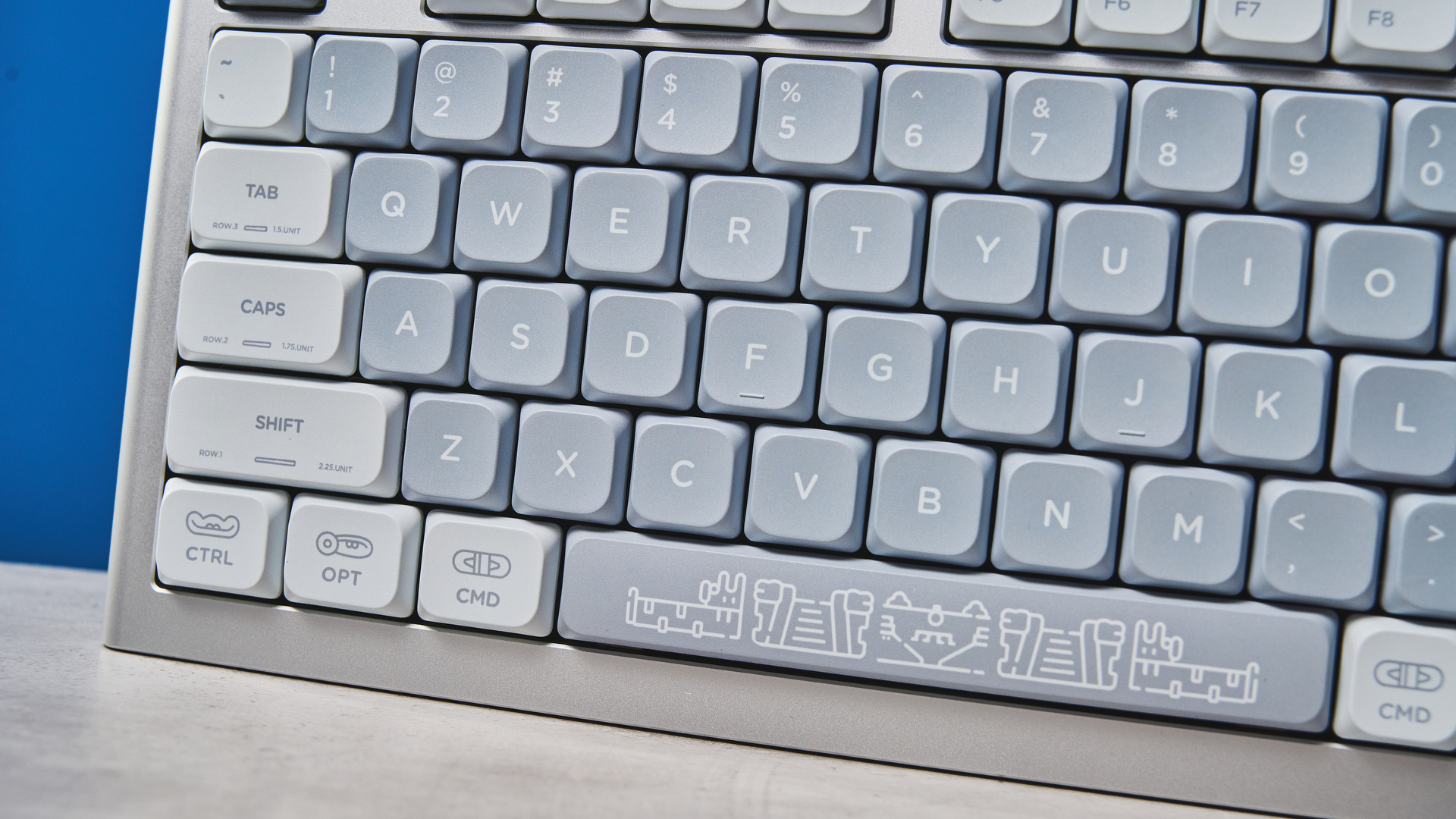
The Nos75 is available only with Gateron x NuPhy Low profile 3.0 Nano linear switches (a drawback I’ll discuss later). In use, the Nano switches feel great, with a relatively firm 50g actuation force, a 3.4mm total travel and a long 18mm spring for a firm bounceback. The result is a comfortable typing experience and a feel closer to standard profile switches, without sacrificing the type speed and accuracy benefits of low profile.
I was able to achieve higher than average type speeds using the Nos75 on 10fastfingers.com, although my accuracy was lower than average — an issue I also experienced with the nSA caps on the Air75 V2.
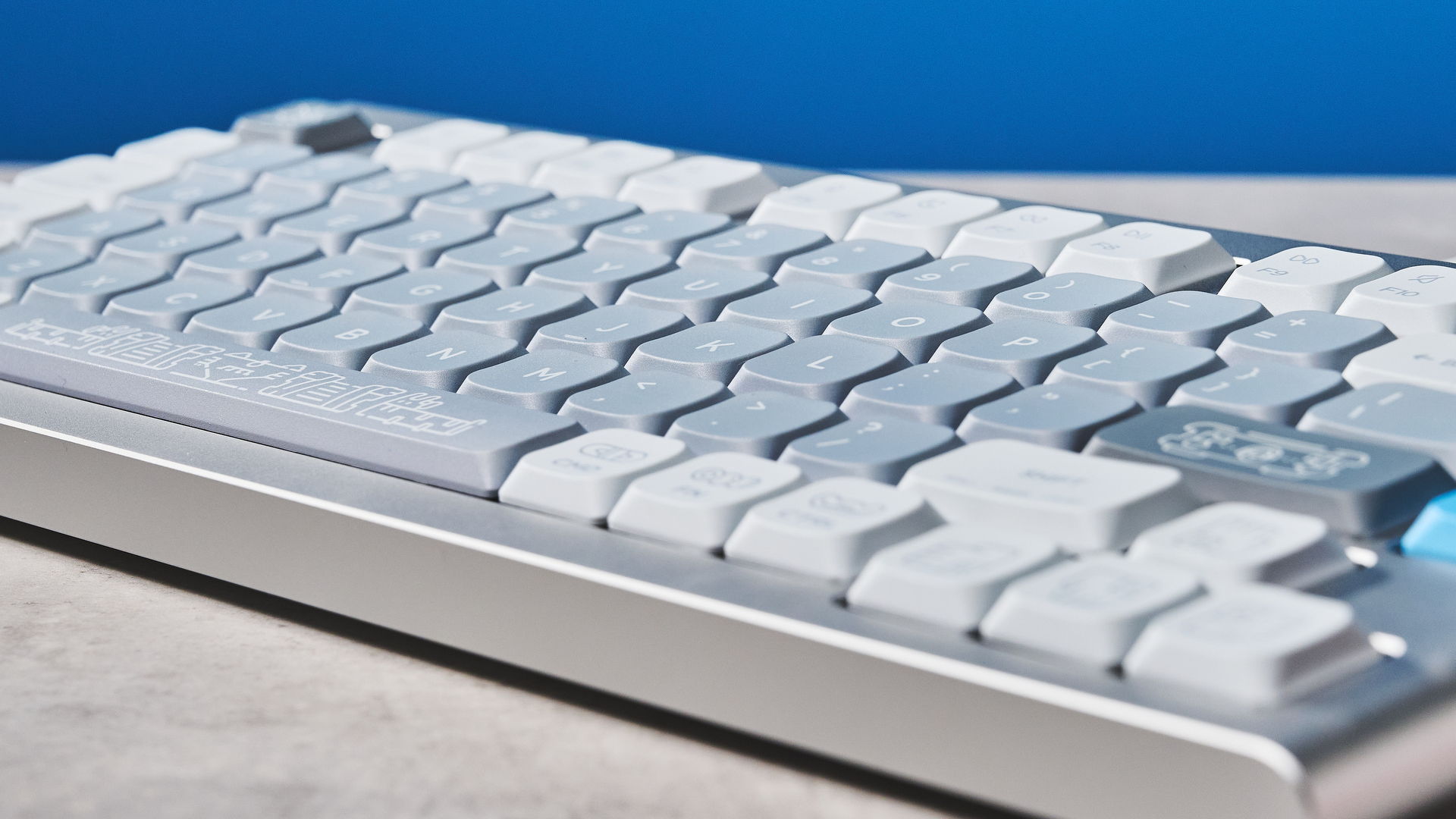
I’m more accurate using NuPhy’s mSA profile caps, which sit (only very) slightly higher than nSA in the center, but feature shaping that better suits my typing style — I’d expect mileage to vary. In general, the switches, keycaps and hefty levels of impact absorption result in a quick, accurate and comfortable typing experience.
With its 1,000Hz polling rate, the Nos75 should also be more than suitable for gaming.
00s Apple vibes
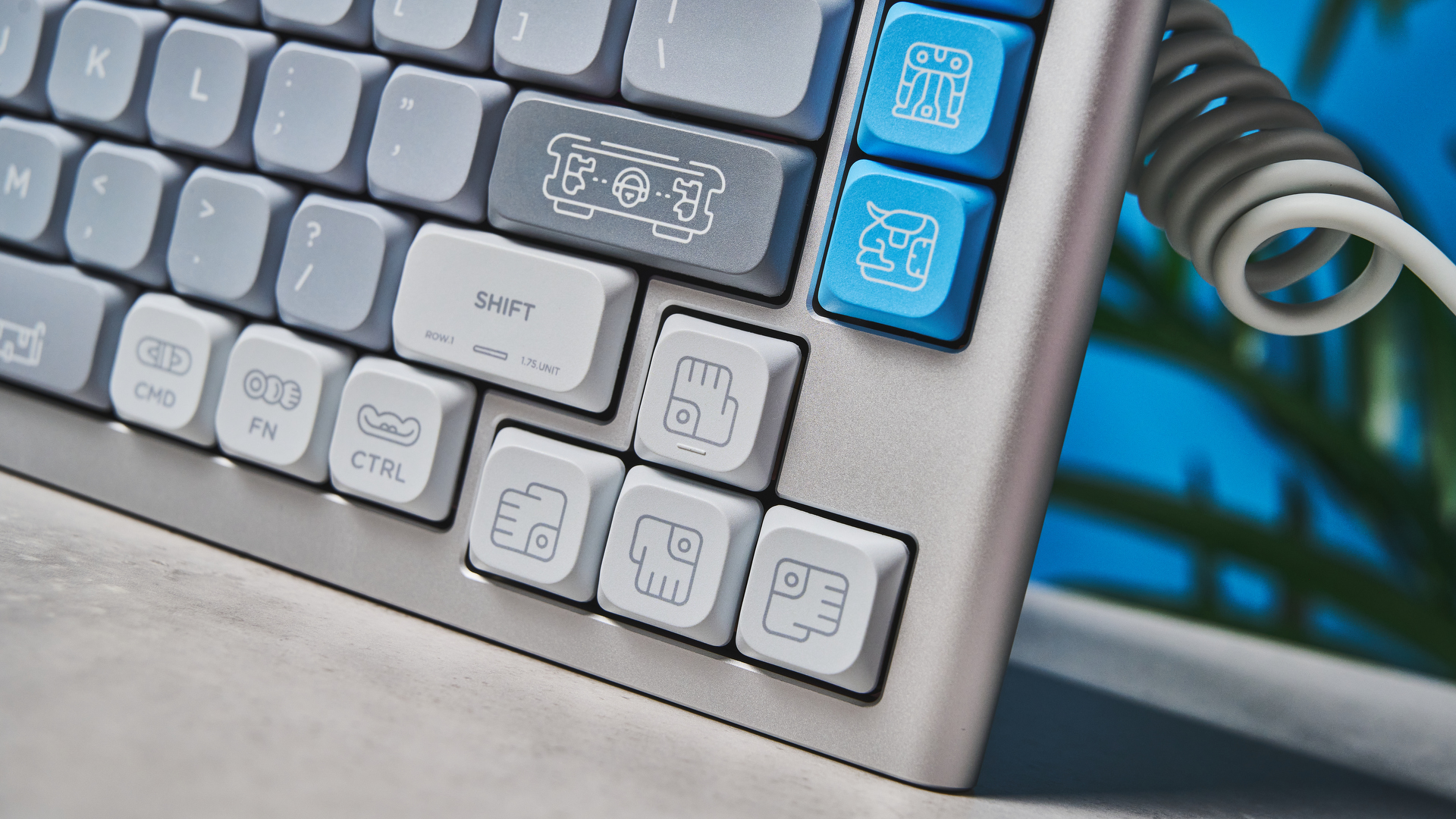
The Nos75 is currently only available with a silver case. There were originally more colors planned, but NuPhy has decided to hold off on these due to manufacturing expenses and, it says, decreasing keyboard sales generally.
I think the silver case is particularly fetching, giving off major 00s Apple vibes, with the rounded metallic edges reminiscent of the first-gen iPod Mini. It definitely falls slightly behind the Halo75 V2 or Gem80 in terms of sheer cutesy charm, but there are plenty of keycap choices for you to spec from NuPhy itself, allowing you to keep things minimal or add bursts of color or fun as desired. We tested the Maya-themed keycaps, which I think look pretty rad.
QMK, as it should be
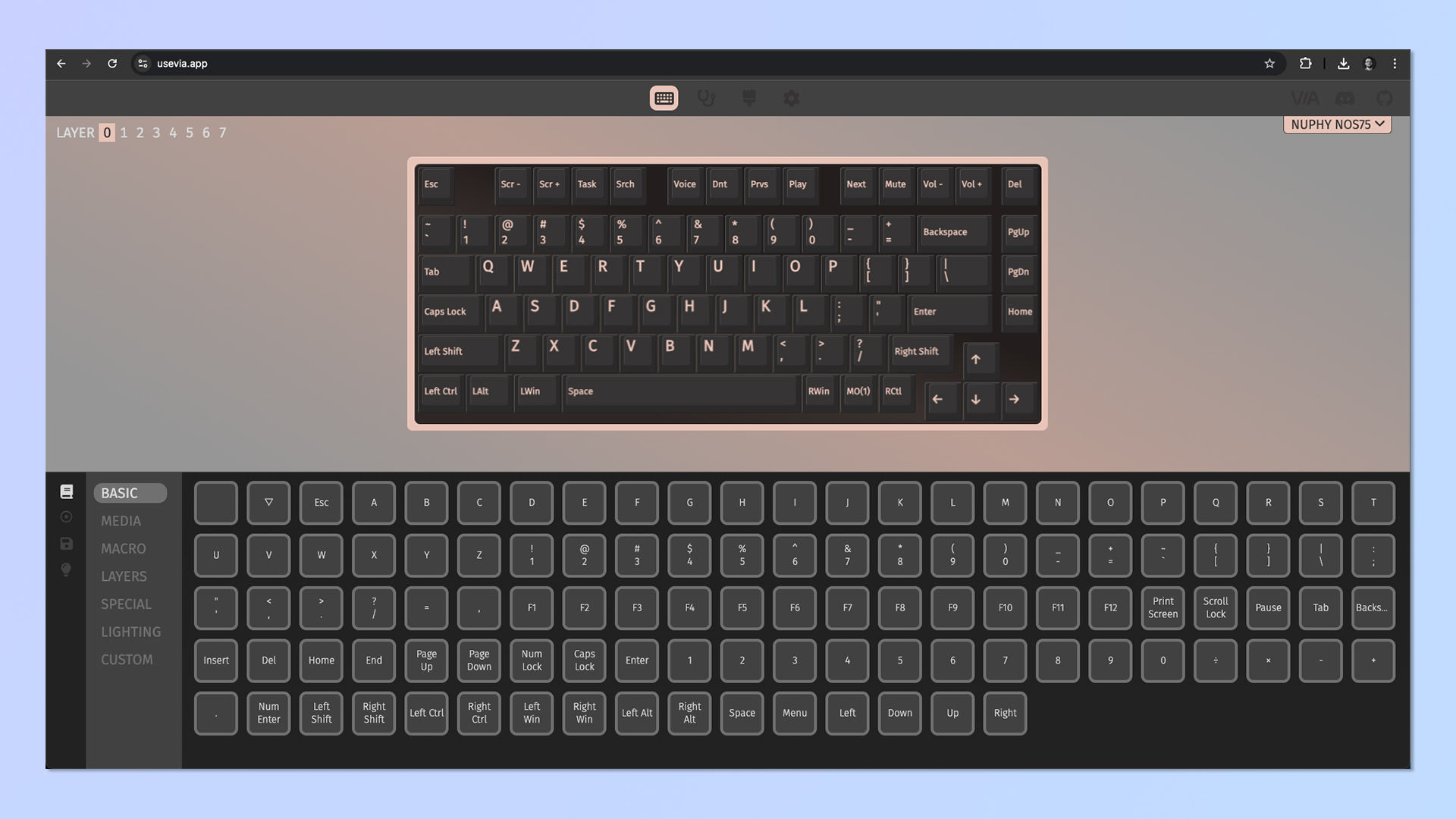
The Nos75 runs QMK open source firmware, allowing a high degree of customization over the board’s workings. You can assign macros, rebind keys and tweak lighting all though the Via web app, so no need to download any third party software. Via isn’t as slick as Keychron/Lemokey’s Launcher QMK web app, for boards like the Keychron V1 Max ($94) and Lemokey P1 Pro ($129), but it does the job well enough.
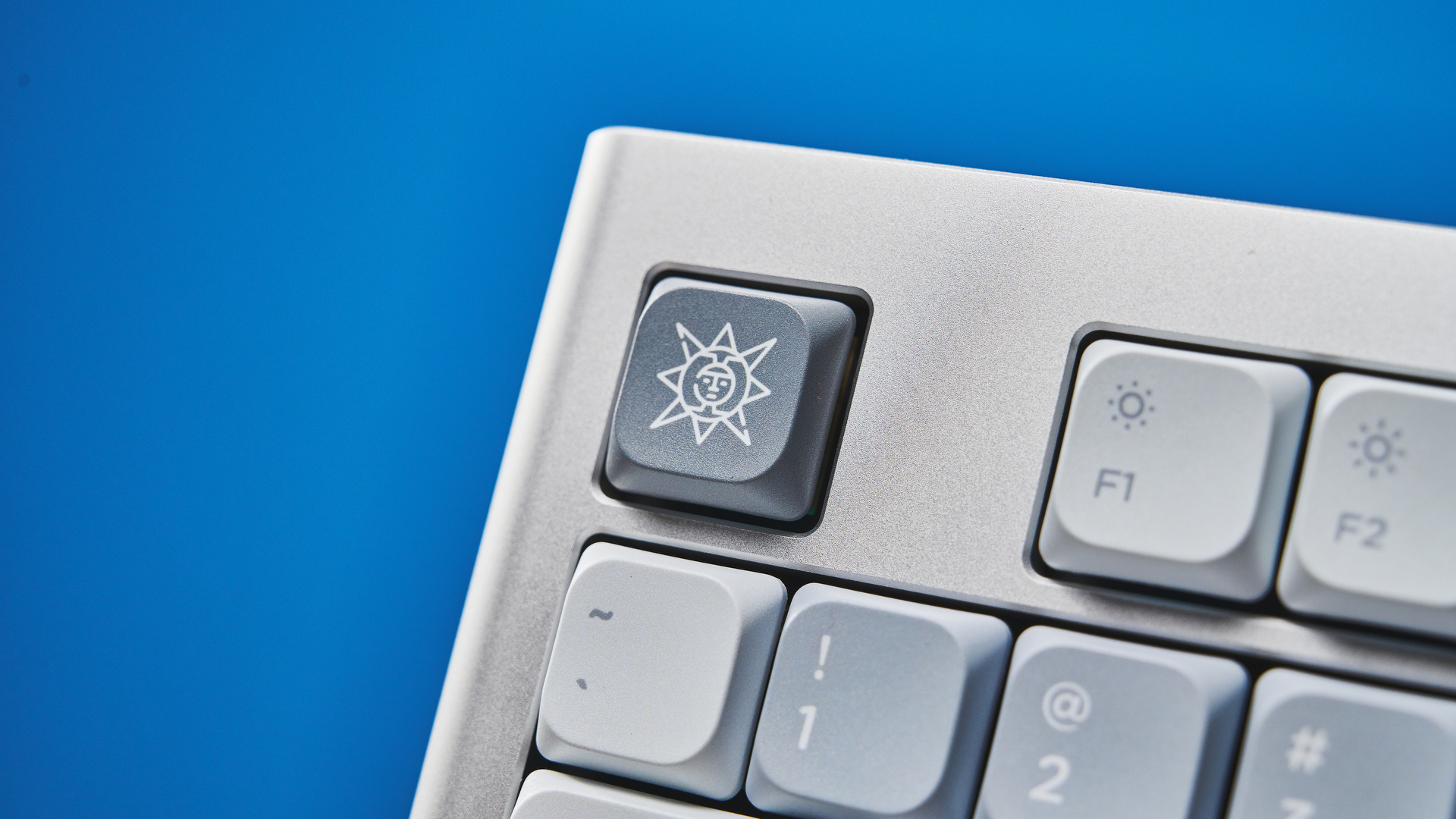
NuPhy’s implementation of QMK generally isn’t as refined as other manufacturers like Keychron. NuPhy boards require JSON code downloads to access the firmware through Via — an extra step not required for Keychron decks — and I experienced freezing and lagging issues on both the Air75 V2 and Gem80. That said, NuPhy now looks to be getting into the swing of things QMK-wise (it switched from proprietary firmware relatively recently), and I’ve had no issues with the Nos75 or Halo75 V2.
Besides, QMK in any flavor is preferable to having no companion software at all, as with the Lofree Block ($169) and Lofree Flow84 ($159).
NuPhy Nos75 review: The downs
My complaints about the Nos75 needn't necessarily be deal-breaking, but may give you pause for thought if you’re looking at this board for modding, especially given its steep cost.
Single switch option (literally just one)
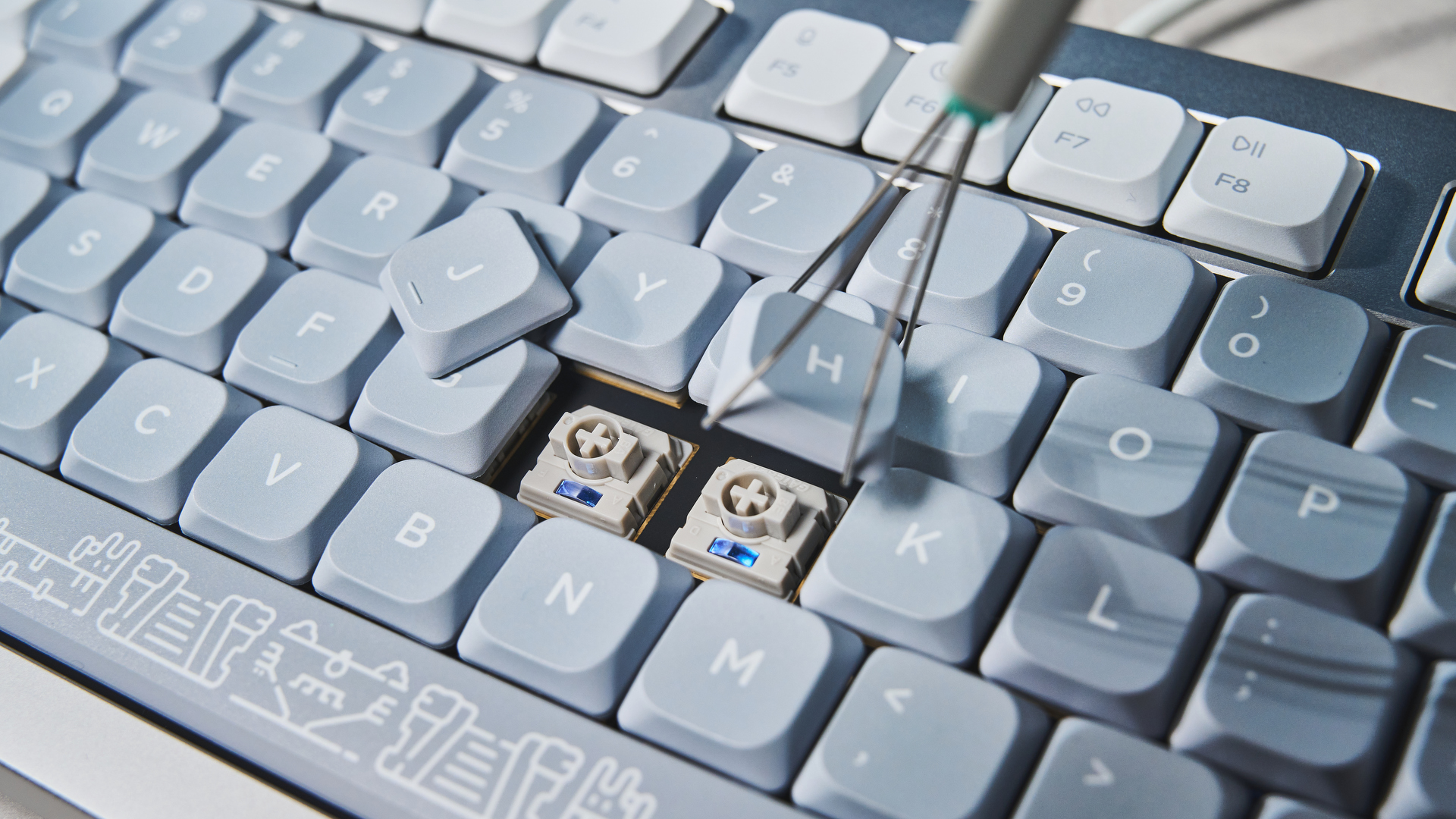
The NuPhy x Gateron LP 3.0 is, while writing, a brand new switch, which isn’t even listed on Gateron’s website. This means choice is limited: there’s only one switch to choose from NuPhy, and it’s linear.
What’s more, while the Nos75 is technically hot-swappable, there isn’t actually anything to hot swap into it at the moment. The socket used for the Nano switches utilizes a standard-profile pin layout. According to NuPhy, this is intended to lead the way for the “entire low-profile market to adopt a normal-profile switch socket, thereby resolving the issue of incompatibility between different manufacturers’ low-profile switches.” Noble indeed, although this practically nerfs the board at the moment: this pin layout is not one you see in other low profile switches, so there are no switches to swap in (effectively rendering it non-hot-swappable). I checked with NuPhy, which confirmed the Nos75 isn’t compatible with other switches at the moment.
While there is the obvious potential for more switches from Gateron down the line, I can’t recommend any product based on what it could become, so this has to go down as a con.
Steeply priced
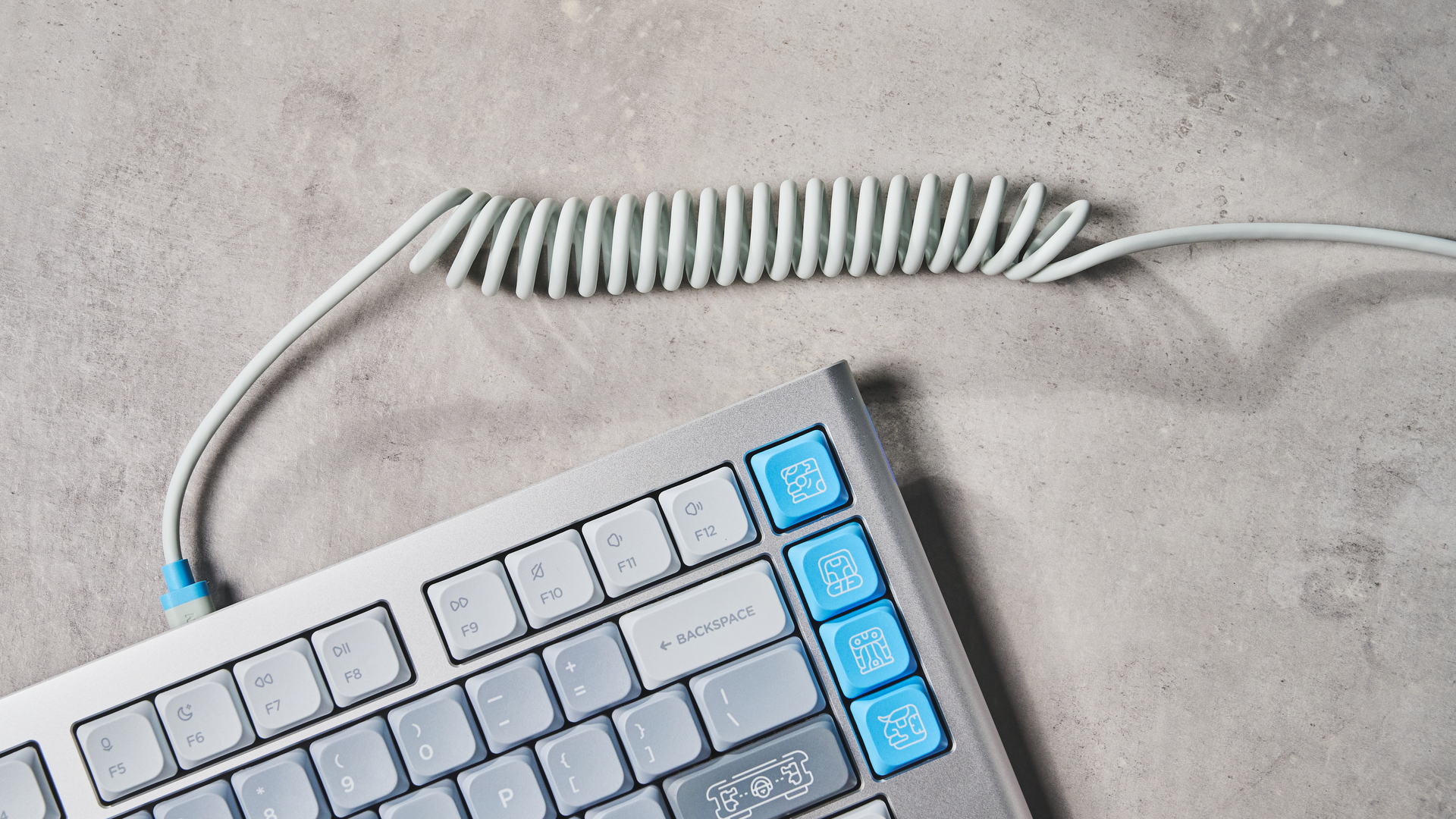
The Nos75 costs a whopping $223 with switches and keycaps from NuPhy. I understand that NuPhy has costs to recoup given the long development period (several years) and the high quality materials used in the board’s construction, but the pricing feels very steep for a wired-only board available with one switch type.
You can grab a wireless Lofree Flow84 or Air75 V2 for a hell of a lot less and solve all those issues. It isn't that I entirely resent the price alone, either — there are plenty of boards out there that cost a similar amount, they just do more. If low profile isn’t an issue, there's the less-moddable Halo75 V2 (where my $149 would go), or the Keychron Q3 Max and NuPhy Gem80 ($199, fully assembled), which both cost a similar amount, are wireless and offer greater modding potential thanks to their less unusual switches.
A little dim
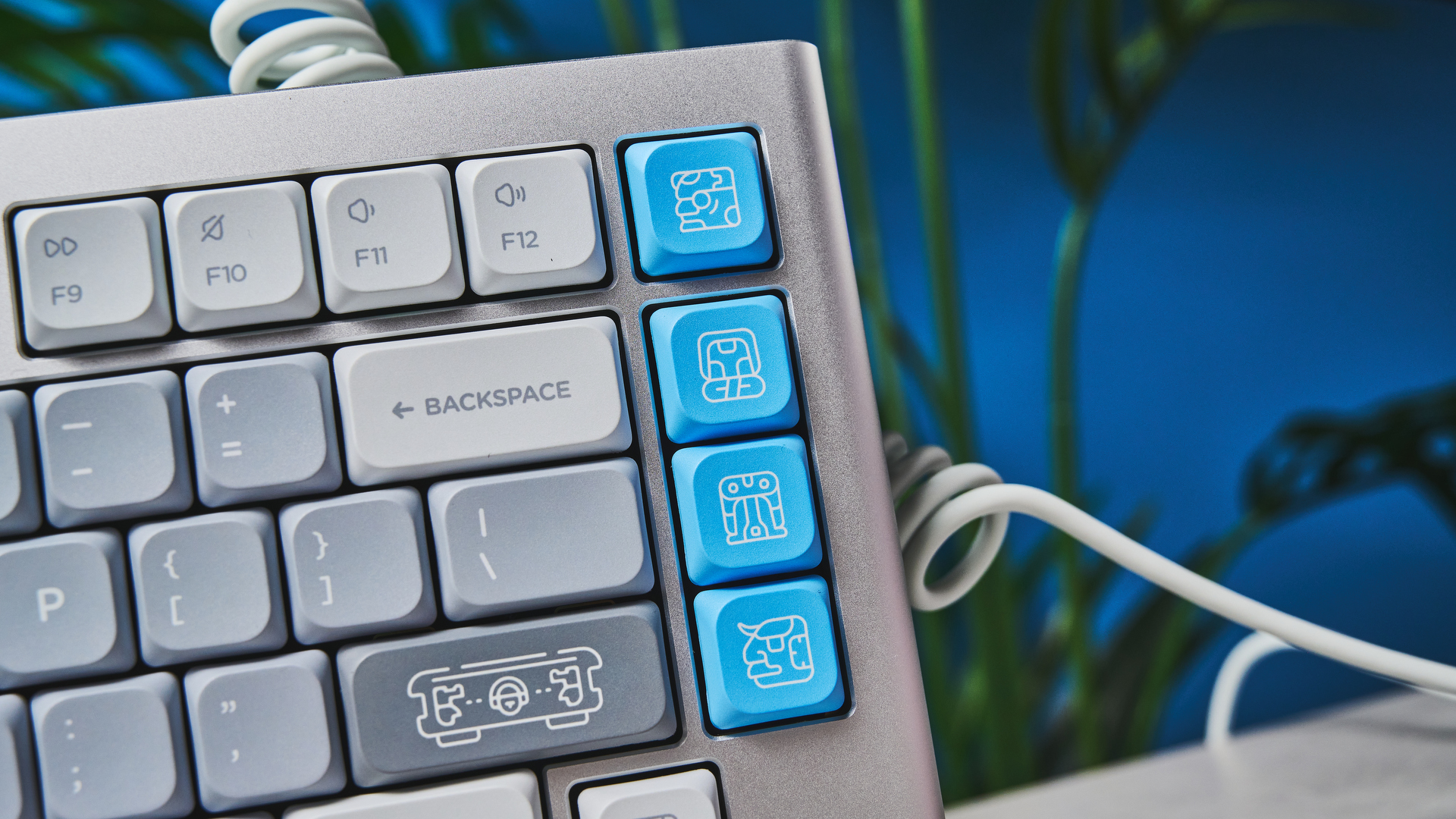
Compared to other NuPhy boards like the Air75 V2 and Halo75 V2, the Nos75’s RGB lighting is a little disappointing. In low light it’s passable, but in daylight the RGB is barely visible, even at its brightest setting. This stems from the switches — opaque save for a small LED cutout — which obscure much of the light.
NuPhy Nos75 review: Verdict
Oddly enough, despite being several years delayed and wired-only, the Nos75 is still ahead of its time. In a bad way. I respect the ambition to lead the way in bringing greater compatibility to low profile boards through a standard-pin switch socket, but ironically, through doing so, NuPhy has made a board that’s less compatible than its competition (right now, at least). Someone had to jump first, and again I admire NuPhy for doing so, but the lack of any compatible switches effectively renders the board non-hot-swappable at the time of review, which is a let down.
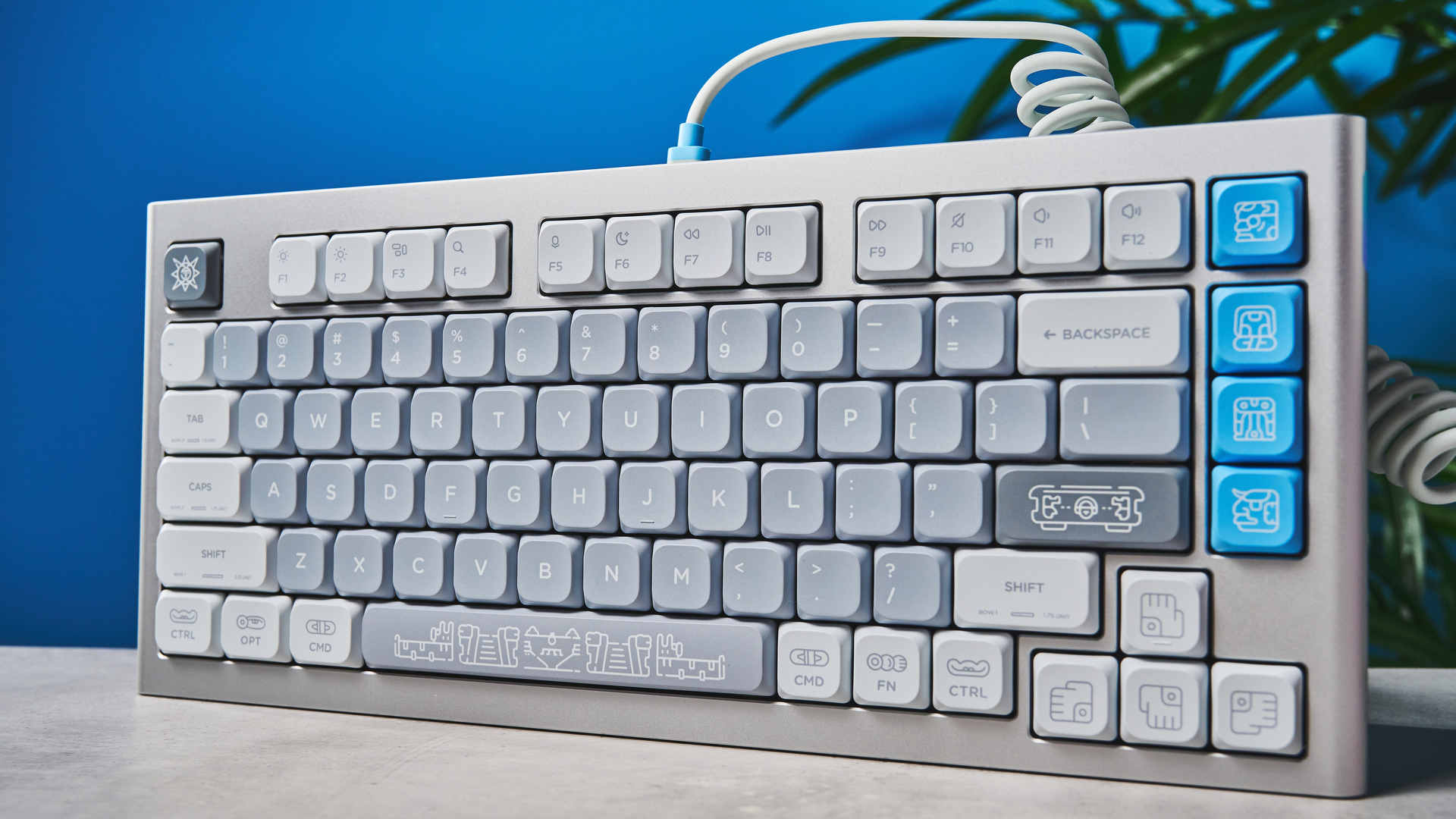
However, if you can get over the exorbitant price and current lack of switches, the Nos75 is really a decent keyboard. I appreciate NuPhy pushing through its development issues to release something it believed its audience would value. The Nos75 is built and styled brilliantly, types well, and proves low profile needn’t come at the expense of sound and feel. Sure, there’s only one switch, but I’ve gotten on really well with the linear Nanos. While it’s far from perfect, I’ve enjoyed having the Nos75 on my desk, and that’s what really counts. If you have the budget, this is definitely one for the shortlist.







